President Ferdinand “Bongbong” Marcos Jr. has issued an executive order allowing the voluntary wearing of face masks in open spaces and non-crowded outdoor areas with adequate ventilation with a goal of further boosting the economy.
Executive Order No. 3, released Monday, however still highly encouraged not fully vaccinated individuals, senior citizens, and immunocompromised individuals to wear their masks and observe physical distancing at all times.
According to EO 3, face masks should be continuously worn in indoor private or public establishments, including in public transportation by land, air, or sea, and in outdoor settings where physical distancing can’t be maintained.
In this regard, the Department of Health (DOH) was directed to update the minimum public health standards (MPHS) guidelines with the issuance of the order.
The DOH and Inter-Agency Task for the Management of Emerging Infectious Diseases (IATF) may submit recommendations for further adjustments in the MPHS, including the liberalization of indoor mask requirements, should the indicators for monitoring the status of COVID-19 such as vaccination rates and improvement in COVID-19 booster coverage are warranted.
Marcos also mandated all departments, agencies, and instrumentalities of the government, including state universities and colleges (SUCs), government-owned and controlled corporations, government financial institutions, and local government units, to assist the IATF in the implementation of the order.
The President’s order will take effect immediately upon its publication in the Official Gazette or in a newspaper of general circulation.
Liberalizing mask mandates
The IATF has issued a resolution recommending the liberalization of the government’s mask mandate by amending the guideline and making mask wearing optional in open spaces or non-crowded, ventilated areas, and through possible alternative EO lifting the mandatory mask mandate.
As of September 6, 2022, there were 72 million individuals, or 93 percent of the target population in the Philippines, who are fully vaccinated, while 18 million individuals, or 23 percent of the target population, have received COVID-19 booster doses.
The government also reported that 88 of the country’s 121 provinces, highly urbanized cities, and independent cities, and 696 of the country’s component cities and municipalities are under Alert Level 1.
The Philippine economy contracted in 2020 because of the coronavirus pandemic, with its effects trickling down to the grassroots level, resulting in job losses and business closures.
Despite the sustained growth in the country’s gross domestic product (GDP), economic recovery from the COVID-19 pandemic is still ongoing amidst uncertainties in the international economic environment.
An EO providing for a 10-point policy agenda on economic recovery from the COVID-19 pandemic was issued this year, directing government agencies, LGUs, and state entities to further reopen the economy through the safe resumption of economic and social activities.
The Philippines’ neighboring countries in Southeast Asia and other nations across the world have already liberalized mask mandates without a significant increase in the number of COVID-19 cases. | PND

